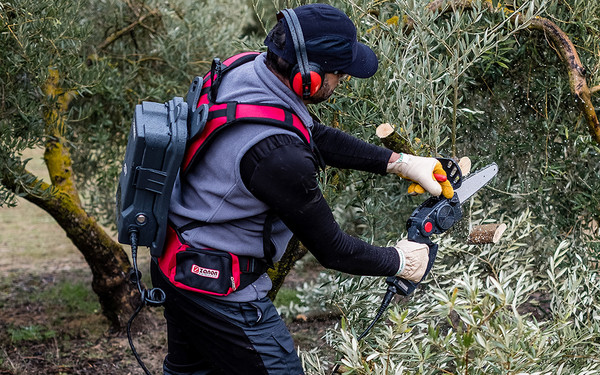
Gardening equipment: declining market in 2022
Unfavourable weather and rising prices are holding back the market for gardening and landscaping machinery and equipment, which closes the year with a 15.2% drop. Almost all types of equipment were in the negative. Purchases in the mid-level segment were penalised: the gap between high-end technologies and low-priced vehicles with lower quality requirements is growing
The persistent drought, which has reduced maintenance work in green areas, and the increase in production costs and thus in list prices, have led to a significant drop in demand for machinery for gardening, urban decoration and outdoor areas for recreational and sports functions in Italy in 2022.
The data - processed by the manufacturers' association Comagarden on the basis of information provided by the Morgan survey group - indicate an overall drop of 15.2% in terms of units sold in 2022 (1,403 thousand against 1,650 thousand in 2021), with significant decreases for almost all types of vehicles. Lawn mowers posted a loss of 21.4% (255 thousand units sold), brushcutters a loss of 10% (273 thousand), while chainsaws posted a negative balance of 14.3%, with almost 369 thousand units sold. Hedge trimmers dropped by 24.4% (94 thousand), while the loss for lawn tractors was smaller
(-4.2% in reference to 22,700 machines). There was a slight increase in zero-turn machines for hobby use (+0.6% to 1,550 units), while only pole pruners (almost 26,500) increased compared to 2021, closing the year with a 10% profit.
Weather and geopolitical factors aside, which could not be foreseen, Comagarden expected a certain drop in sales during the year as the market settled down after the strong increases in the last two seasons, when the Covid emergency had resulted in greater investment by households in hobby gardening.
"What worries the manufacturers," explains Comagarden president Renato Cifarelli, "is the drop in demand in the mid-range of the market, which has the largest numbers and was experiencing a growing trend. If this trend were to be confirmed in the new year as well," says Cifarelli, "we would have an increasingly polarised market between high-end vehicles on the one hand, expensive and accessible to the few, and cheap products on the other, often of low quality and made in those countries that export unreliable technologies, also in terms of safety". "Competition from low-cost products," adds Cifarelli, "is a central issue beyond the current market fluctuations, because Italian and European industries are required to comply with increasingly demanding EU regulations, and this entails investments that affect the final price of our machinery and risk widening the gap with those made outside the European Union even further".








